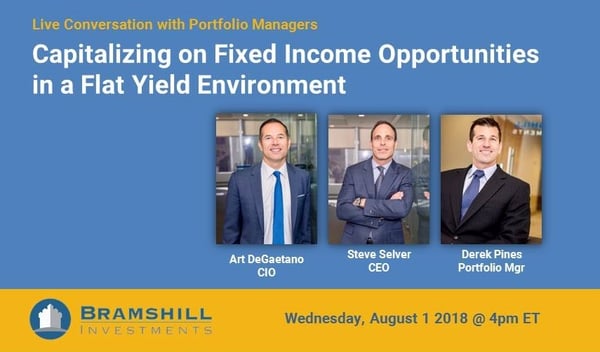One major battle we are watching closely in the second half of 2018 is the epic tug of war playing out between the economic forces of the competing actions taken by President Donald Trump and Federal Reserve Chairman, Jerome Powell.
In one corner, Trump has cut regulation costs by over $8 billion and cancelled over 1500 planned regulatory actions. Federal regulations are now at their lowest count since records began in the mid 1970’s. These actions, coupled with the 2017 Tax Cut bill signed into legislation late last year, has led to a boom across both hard and soft economic data.
Late last month, The ISM manufacturing survey ticked back above 60 for the third time since late last year. Prior to this period, the last time ISM had this many readings above 60 was 2004. Small Business Optimism recently touched a level not seen since 1983. Businesses are expanding and hiring aggressively. Unemployment has ticked to fresh lows and is highlighted by historically low levels of minority employment.
Labor demand seems to be reaching almost all Americans ready and willing to work. The trucking industry for example needs 100,000 more drivers to balance demand. New rookie truck drivers now start at over $70,000 with signing bonuses and health insurance.
Small Business Optimism Index

Source: Bloomberg
In the other corner, enter Jerome Powell, the newly elected and straight- talking Federal Reserve Chairman (in comparison to his predecessors). He inherits the small task of unwinding the largest central banking experiment in mankind’s history. So far so good, the Federal Funds upper bound now sits at 2%, and the market has yet to give way. In the Fed’s communications to date, we feel they have been remarkably clear of their intent to methodically raise rates 25 basis points at the end of every quarter. The Fed’s “data dependent” party line can essentially be reduced in our opinion to “until the S&P draws down 20%.” It seems to us, the Fed will likely hike every quarter until either the 2’s-10’s US Treasury curve inverts, or the risk markets weaken materially.
Yesterday, the tug of war was highlighted in a recent Trump interview. The battle between their competing market forces has been remarkably evenhanded so far this year. However, since Trump's post-election market gains remain mostly intact, the president retains a slight edge at this stage.
We caution however, the momentum may be changing. Powell’s forces are beginning to show signs of overpowering the president’s policies. The 2’s-10’s US Treasury curve is now inside of 30 basis points. The Eurodollar Futures curve is now completely flat starting in March of 2020, implying Libor’s widening should stop cold in just 2 or 3 more hikes.
Eurodollar Curve

Source: Bloomberg
As Gluskin Sheff economist, David Rosenberg, recently (rather aggressively in our view) phrased it, “Cycles die because the Fed puts a bullet in its forehead.”
We'd clarify that the Fed rarely intentionally kills an expansion. Business cycles are a necessary and natural function. Spring needs fall and vice versa. Typically, the last rate hike is never assumed to be the last. Market forces take over and the Fed is typically late in altering their forecast.
To continue Rosenberg’s analogy, Jerome Powell is getting closer to dialing in his target.
For more market insights for from the Bramshill investment team, be sure to register for our live Q2 Webinar on Wednesday, August 1st at 4pm ET.



Past performance may not be indicative of future results, which may be impacted by unforeseen economic events or evolving market conditions. The indices quoted are included for illustrative purposes only, as an index is not a security in which an investment can me made. Certain statements are forward-looking and may not come to pass.










